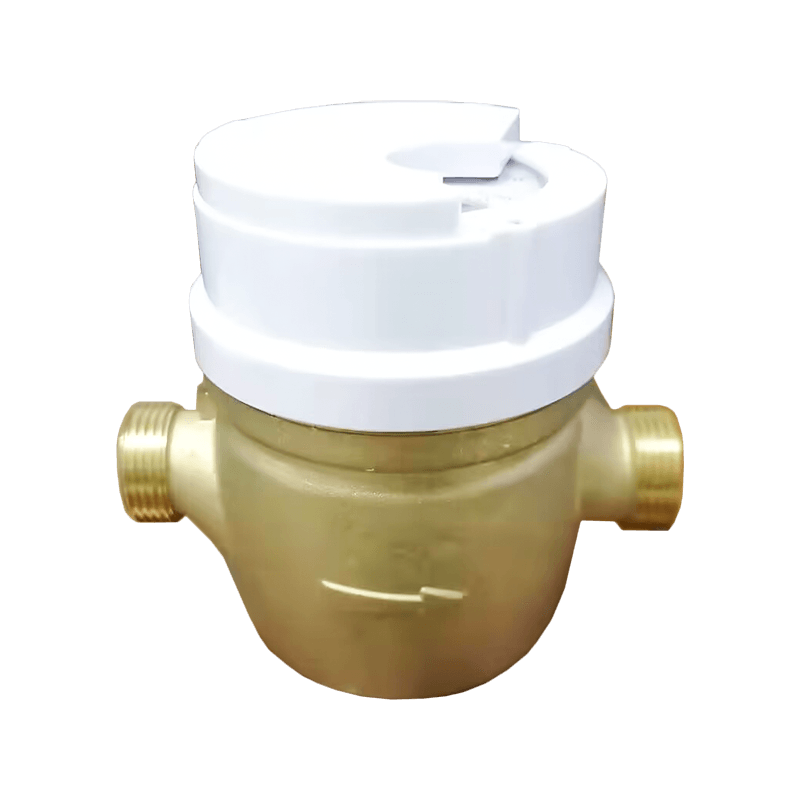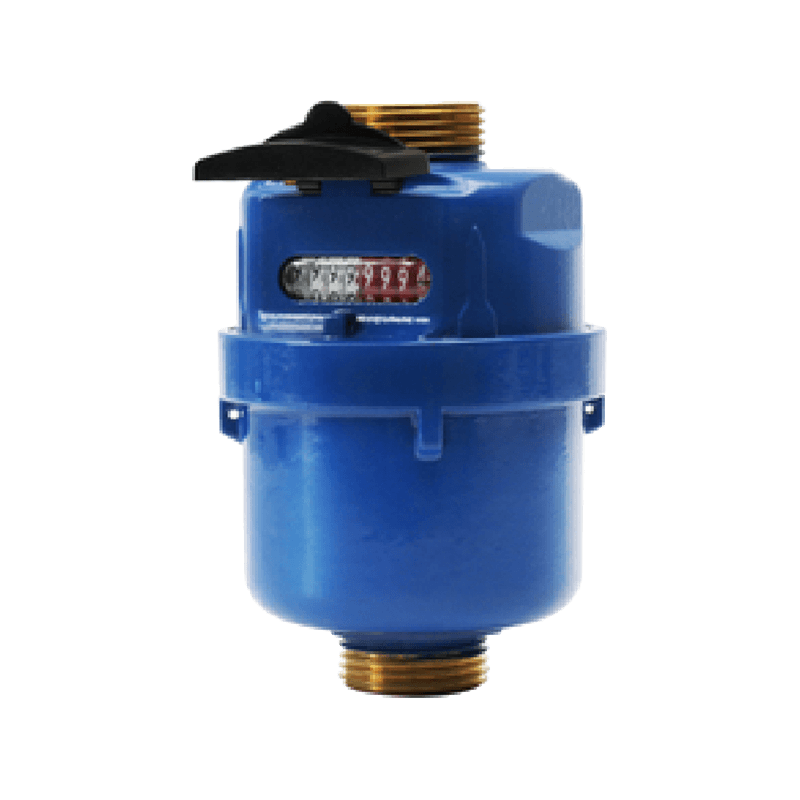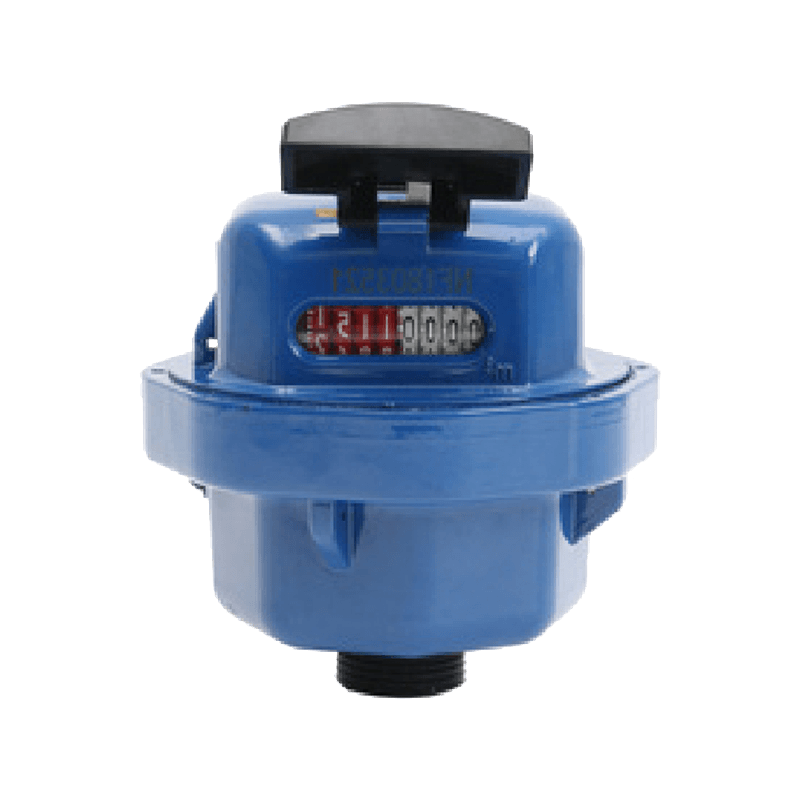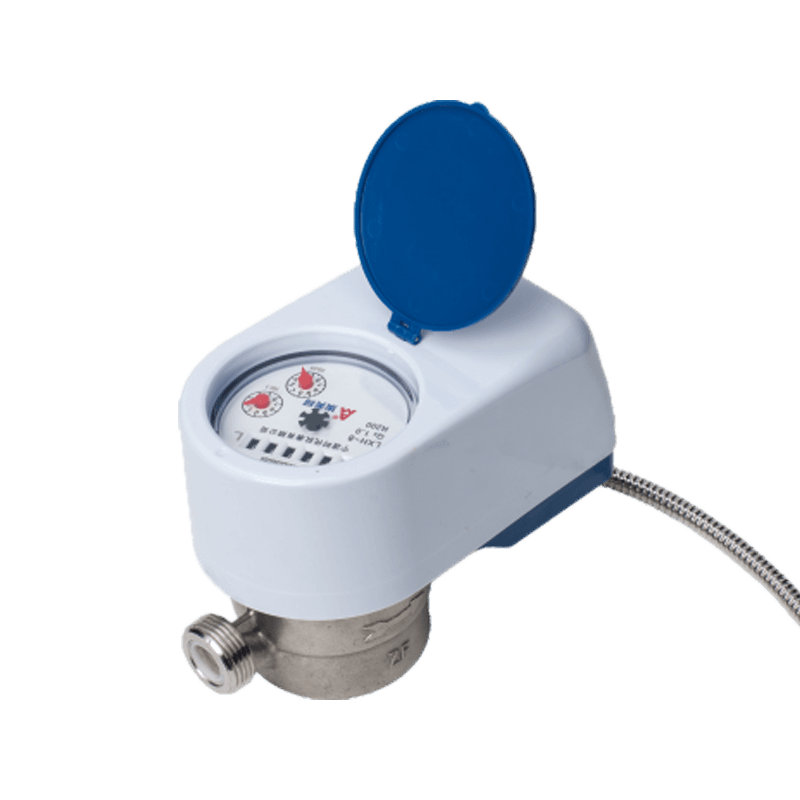Installing a Single Jet Water Meter With Impulse is a task that requires meticulous operation to ensure it accurately records the total water volume flowing through the pipeline. Below are detailed installation steps and precautions to ensure the water meter operates correctly and maintains long-term precision and reliability.
1. Preparation Work
Before installing the Single Jet Water Meter With Impulse, it is essential to ensure that the pipeline has been thoroughly flushed to remove any impurities and particles that could affect the accuracy of the water meter. This step is crucial because impurities can interfere with the internal mechanical components of the water meter, leading to inaccurate measurements.
2. Choosing the Right Installation Location
The Single Jet Water Meter With Impulse must be installed in a dry and easily maintainable environment. It is recommended to install it in a dedicated water meter box to protect the water meter from external environmental influences such as dust, moisture, and extreme temperatures. Additionally, the installation location should be convenient for reading and maintenance to ensure long-term usage effectiveness.
3. Installing the Water Meter Horizontally
The Single Jet Water Meter With Impulse must be installed horizontally to ensure its internal mechanical components function properly. During installation, ensure that the reading surface of the water meter is facing upwards for easy reading and data recording. Also, the arrow direction on the water meter should align with the water flow direction to ensure accurate water flow measurement.
4. Installing Valves
To facilitate maintenance and inspection, valves must be installed at the inlet and outlet of the Single Jet Water Meter With Impulse. These valves can be closed when necessary to allow for water meter maintenance and replacement. When installing the valves, ensure they are tightly connected to the water meter to prevent leaks and pressure loss.
5. Connecting Signal Lines
If using a Hall element or reed switch to send signals, signal lines need to be connected during the installation process. These signal lines can transmit water consumption signals to auxiliary instruments for remote monitoring and management. When connecting the signal lines, ensure they are tightly connected to the water meter and avoid external electromagnetic interference.
6. Inspection and Debugging
After completing the installation, the Single Jet Water Meter With Impulse should be inspected and debugged to ensure it operates correctly. Check if the water meter readings are accurate, if the signal lines are transmitting signals normally, and if the valves can close and open properly. If any issues are found, they should be promptly adjusted and repaired to ensure the long-term stable operation of the water meter.



 English
English 中文简体
中文简体




